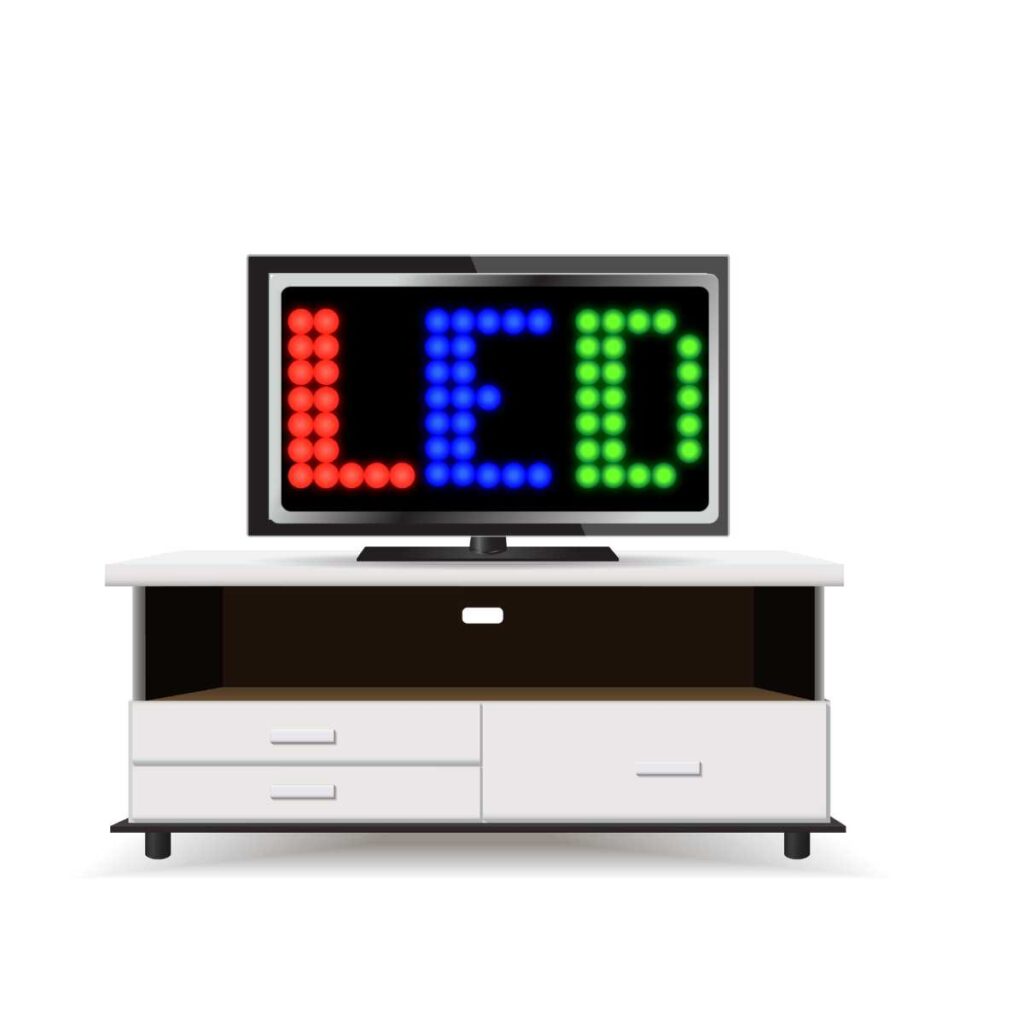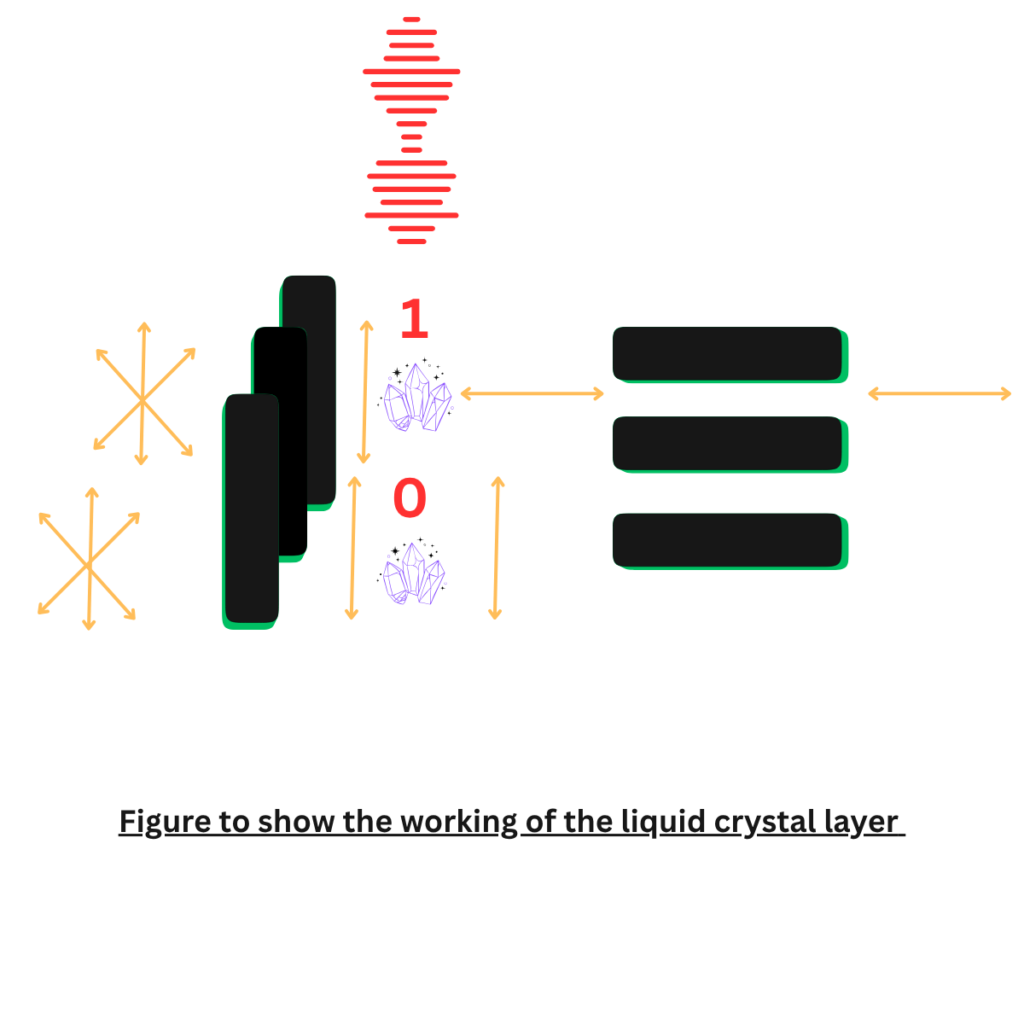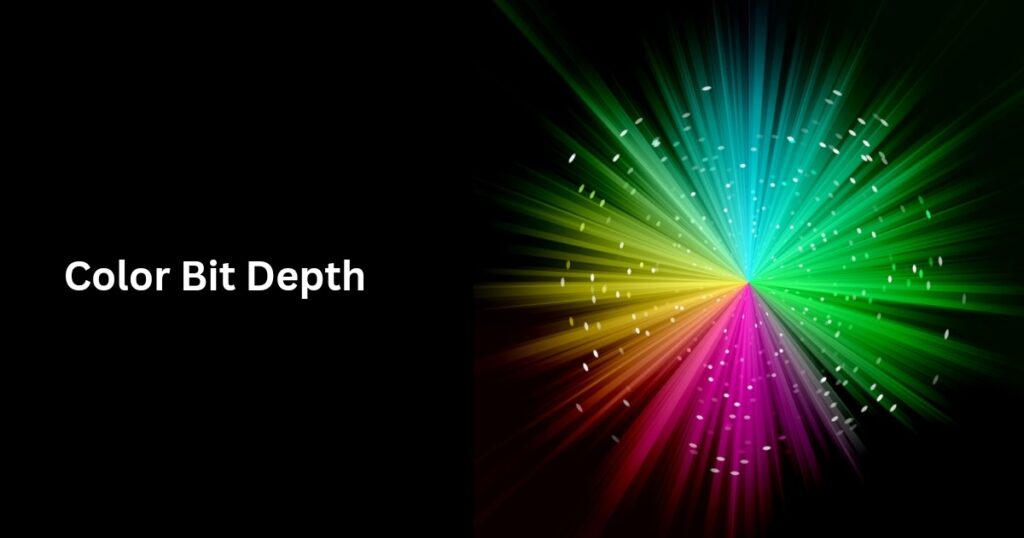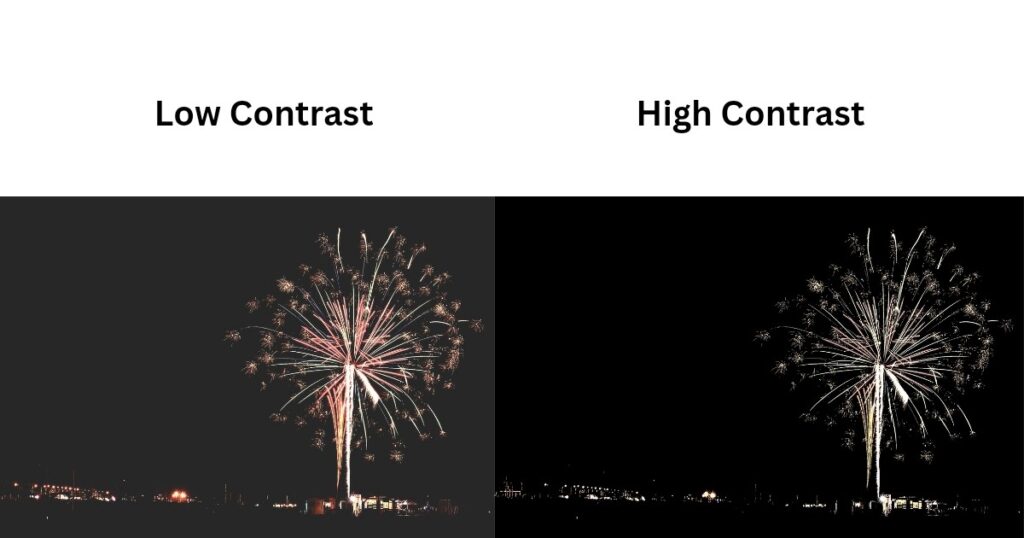What is an LED TV and how does it work?

The vibrant and brightly lit TVs you often see around are usually LED TVs. No matter your budget or preferred size, there’s a good chance you’ll find an LED TV that fits your needs.
What does an LED TV mean?
LED stands for Light-Emitting Diode.
Now, what exactly does it mean?
It’s a semiconductor device that emits light when electricity passes through it—pretty simple, right?
But what does LED TV mean, and why is it named so?
So, let’s define LED TV first.
An LED TV is just another LCD TV which uses LEDs in its backlight.
How does an LCD TV differ from an LED TV?
The key difference between an LCD TV and an LED TV lies in their backlighting technique.
While both types use the same image formation process, LED TVs use light-emitting diodes (LEDs) for backlighting, whereas traditional LCD TVs rely on cold cathode fluorescent lamps (CCFLs).
So, what we commonly call LED TVs are in fact LCD TVs that use LED backlighting, or you can call them LED LCD TVs.
True LED TVs are those where the LEDs themselves function as individual pixels, as seen in technologies like micro-LED displays.
How does an LED/ LED LCD TV work?
An LED TV’s backlight is made up of multiple LEDs that work together to create the image you see on the screen.
Now, how do these small LEDs produce such a vibrant picture quality?
Let’s explore this fascinating process.
Take three small LEDs having dimensions about 1 inch by 1 inch emitting red, green and blue colors respectively. Place them very close to each other in a dark room and go at a distance of about 5 meters away from them.
Now, ask your friend to connect battery to those three small LEDs and light them up. Do you see the individual red, green and blue colors?
Probably not! You should see a white light. This combination of three RGB LEDs will appear as one white light emitting LED.
This logic is the foundation of working of an LED TV.
If we could shrink these three small LEDs down to micrometer sizes, the light they emit would blend together and appear as a single color to the human eye.
By arranging many such LED combinations across an entire screen, it’s possible to display any image in any color. The range of colors that we see on a TV depends on the TV’s color bit depth.
However, this approach comes with certain challenges. Since inorganic LEDs are difficult to manufacture at micrometer scales, it presents significant fabrication issues.
In contrast, organic LEDs, known as OLEDs can be produced at extremely small sizes, making them a more feasible option for miniaturization.
Although shrinking inorganic LEDs to such tiny dimensions is not impossible, it is currently very expensive. Still, progress is being made in this area through a rapidly advancing technology known as microLEDs, which are expected to become a major topic in the near future.
Since regular LED TVs can’t be miniaturized beyond a certain limit, the use of a color filter becomes essential.
Why are color filters used in LED TVs?
The explanation lies in the previous paragraph — it all comes down to size limitations. Since LEDs cannot be made smaller beyond a certain point, color filters are used to display different colors.
But how exactly do these filters generate various colors on the screen? How is the intensity of each color controlled? Let’s explore this in detail.
How do the LEDs work with the color filter?
For the formation of picture on the screen, we need a light source. This is accomplished by using a backlight made of several LEDs which are arranged in a unique fashion.
These LEDs in the backlight emit white color which passes through the color filters. Each of these individuals color filters is made of three separate color filters each, red, green and blue.
Now suppose, if all the light from the LEDs passes through these color filters with equal intensity, what color would you see on the screen? It would be a perfect white.
However, in the above scenario, only white light would be visible—no other colors would appear. To display images with different colors, the intensity of light passing through each color filter must be regulated.
To achieve this, a layer of liquid crystals is added between the LED backlight and the color filters.
The magic of Liquid Crystals
What are liquid crystals and how do they help in image formation? Let’s see.
Liquid crystals are the states of matter intermediate between crystalline solid and liquid. As a result, they show the properties of both, solid crystals and liquids and thus, exhibit electrical, magnetic and optical properties.
Done with the definition, let’s go to our main point, i.e., image formation.
Normally, these liquid crystals are in twisted state. In this state, if light is passed through them, they rotate it by ninety degrees.
But, when electric field is applied to them, they become untwisted and align in a particular direction. In this state, they don’t rotate the light according to the requirement.
I think you have got some idea now. Now the next question is: why can we utlize this rotation of light in the formation of picture?
This leads to the introduction of polarizers.
The use of polarizer in an LED TV
The very first question: what is a polarizer?
Well, the function of a polarizer is to make the light wave move in a single direction.
In an LED TV, light emitted from the backlight is passed through a polarizer which allows only its vertical component to pass through it.
Then the vertically polarized light falls on the liquid crystal layer which rotates the light in a particular direction.
Then the rotated light goes to the next polarizer which allows only its horizontal component to pass through it.
The whole working of LED TV at a glance

Now you may have understood the approximate working of the LED TV. Now, let me introduce the remaining things and just make the process crystal clear.
We will understand it through an example.
Let the LED backlight is edge lit, i.e., the LEDs cover its edges. Now, the light emitted by these LEDs will be more in front of the edges and less in the middle.
This will cause uneven intensity of picture on the screen. The picture at the edges will be more bright by default, even if there is no requirement of extra brightness. Conversely, the middle part of the screen will appear dull.
To tackle this, a diffuser sheet is used which evenly spreads the light in all the directions.
After that, this evenly distributed light goes to the first polarizer which aligns it in the vertical direction.
Then comes the work of the liquid crystal layer. The liquid crystals receive the digital electronic signals in the form of high and low.
Suppose, in the below figure, we focus on two vertically polarized light waves from the first polarizer falling on the liquid crystals.

The corresponding first liquid crystal receives the signal 1 and the next one receives 0.
Accordingly, the first liquid crystal rotates the signal by ninety degrees and the second one rotates it by 0 degree.
As a result, the polarization of the first one becomes horizontal and that of the second one remains vertical.
Now, these two light waves go to the second polarizer which only allows the horizontal component of light to pass through it. Guess what, the first wave now completely passes through but the second one is blocked by it.
After that comes the color filter. Suppose, the first light ray now passes through the red color filter. As the second one is already blocked, it doesn’t matter which color filter is in its path.
Therefore, the area on the screen striken by the first wave appears bright red and that corresponding to the second light wave appears dark. This is in unison with the high and low digital signals received by the first and the second liquid crystal respectively.
By adjusting the rotation angle of the liquid crystals, the brightness levels in different parts of the screen can be controlled. This allows areas to appear as vivid red, soft blue, light green, intensely bright, or completely dark.
What is a pixel in an LED TV?
Consider an RGB color filter. Now, imagine a straight path from the LED backlight to the TV screen that passes through this filter. The smallest section that includes all the components involved in creating the image along this path is what we refer to as a pixel in an LED TV.
This smallest unit is known as an RGB pixel, and it is again, made of three subpixels: red, green, and blue.
How do you see numerous colors on your LED TV?
Now, colors like blue, green, red, white, and black can be straightforwardly understood. But what about shades like magenta, cyan, yellow, and others? How does the TV generate these colors?
Imagine the red and green subpixels are glowing at full brightness, while the blue subpixel remains off — the resulting color of that RGB pixel on the screen will appear yellow. Likewise, combining only red and blue gives magenta.
But that’s just the beginning. Each of the red, green, and blue subpixels can vary in intensity and mix in countless combinations, creating millions or even billions of different colors on the TV screen. I’ve covered this in detail in a separate post about how colors are formed on a TV display.
Limitations of LED TVs
The LED backlight stays on continuously, shining through the color filters regardless of what’s needed in the scene. Because of this, a small amount of light still leaks through in dark areas.
This means you won’t get true blacks like you do on an OLED TV, which can achieve virtually infinite contrast.
Additionally, during image formation, the light passes through color filters that aren’t perfectly efficient, causing some loss in brightness.
As a result, LED TVs tend to consume more power.
Benefits of LED TVs
Although some light intensity is lost while traveling from the backlight to the screen, the LED backlight can still be made extremely bright since it uses inorganic LEDs, unlike OLEDs. This makes brightness or glare from sunlight less of a concern.
Moreover, as the construction of its pixels don’t pose much challenges, LED TVs can be manufactured in a wide range of sizes — from compact 24-inch models to massive screens over 98 inches.
On top of that, inorganic LEDs are highly durable and don’t degrade over time, which gives these TVs a long lifespan and eliminates the risk of burn-in.
More to read..
OLED vs LCD: Which TV has a longer lifespan?
Which TV is more energy efficient, OLED or LCD?
Which TV is more expensive, OLED or LCD?



This article explains LED TVs very well! I learned that LED TVs are actually a type of LCD TV that uses small light bulbs called LEDs for backlighting. It’s interesting how there are different types like edge-lit and full-array, which affect picture quality and brightness. The new Mini-LED technology sounds impressive too, giving better contrast and deeper blacks.
Hi ☺️ glad you found it worth .. yes about edge lit, full array related to local dimming .. I will release new articles soon.. plz keep visiting